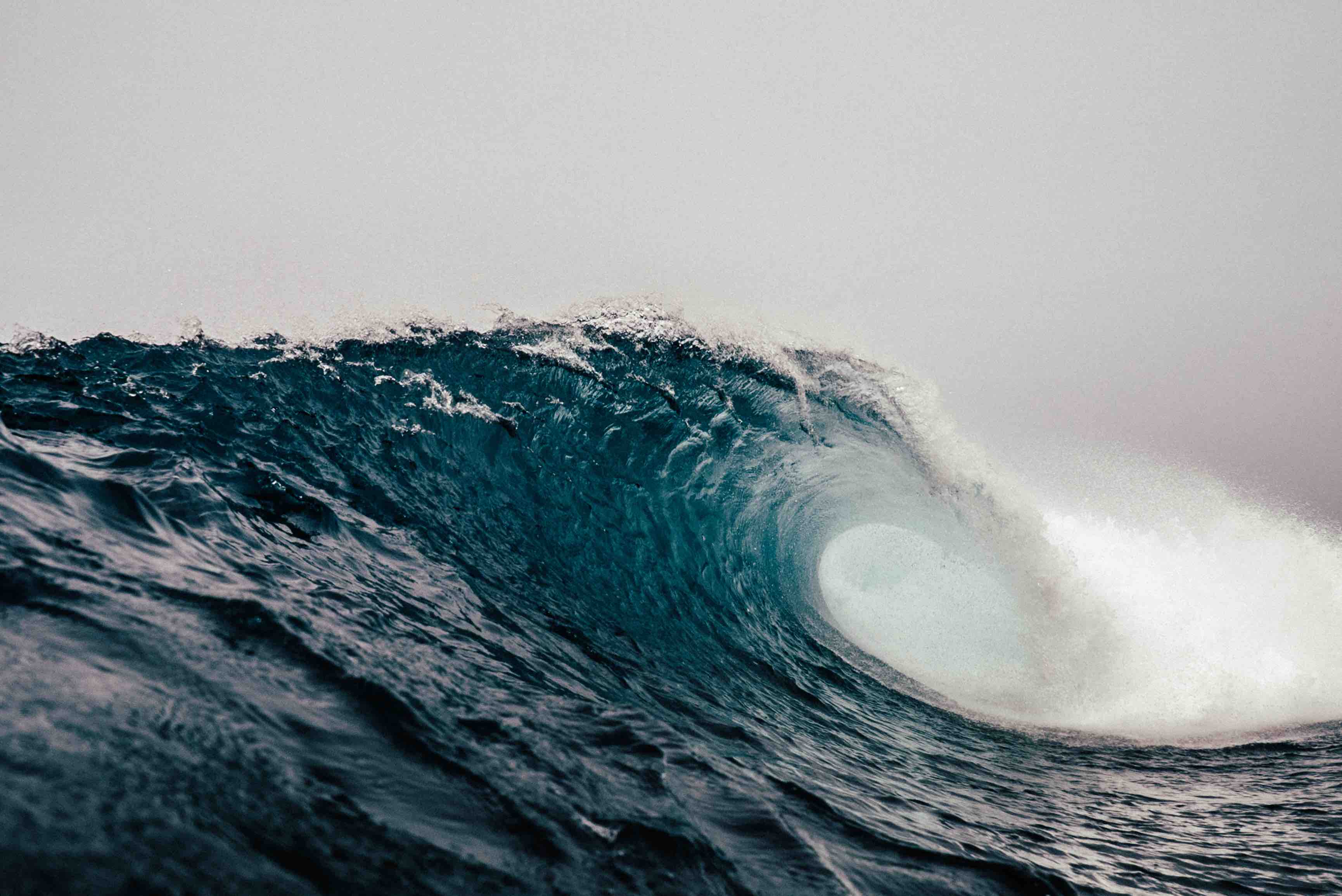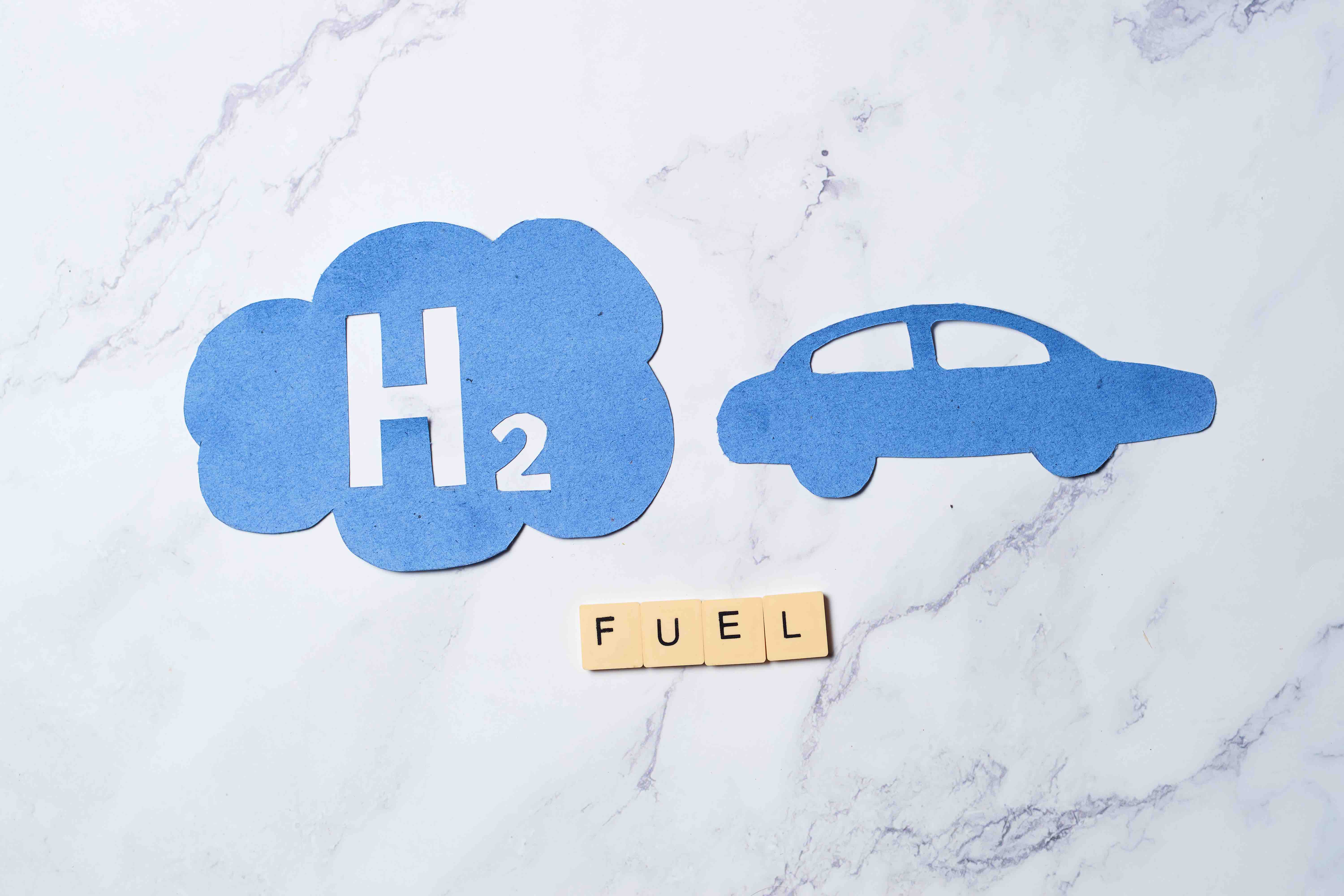
We anticipate seeing waves in the horizon regardless of whether we are observing from a boat or the shore. Waves are produced when energy is transferred through water, which causes the water to flow in a cyclical pattern. However, contrary to popular belief, water does not move in waves. Waves are responsible for transmitting energy across the ocean rather than water, and provided they are not stopped by anything along the way, they have the capacity to move over a whole ocean basin.
One of the technologies that has to be scaled up for the energy system to achieve full decarbonization is ocean energy. Ocean energy has the ability to supply coastal countries and island populations all over the world with power that is clean, local, and reliable. By 2050, the worldwide market for ocean energy may potentially reach 350 gigawatts.
Triton wave energy converter
Oscilla Power, the business that created the trition wave energy converter, also known as WEC, designed the device with the intention of converting power from waves. The mooring-connected platform is meant to float on the water and is equipped with a response ring that is submerged below the surface and is lowered to the ocean floor by means of drive trains. It has a unique ability to generate power from all oceanic movements. The purpose of this endeavor is to derive low-cost, environmentally friendly, and cutting-edge forms of energy from the oceans. The WEC was designed and built with the purpose of delivering dependable service over a lengthy period of time.
The renewable potential of marine energy, also known as hydrokinetic energy, is enormous, but it has not yet been fully exploited. By the end of the year 2022, it was anticipated that a pilot project consisting of a year-long test run of the first product manufactured at commercial scale would get started in Hawaii. Since 2023, the Triton-C has been launched, and all systems are going for the next open-water test run.
Every wave energy converter features a force/displacement profile that maximizes mechanical energy collection under any wave circumstances. The company is also developing active control algorithms to boost power gathering in low sea situations.
Six degrees of freedom
Wave energy is a concentrated kind of solar power that is produced by the action of the wind as it blows across the surface of the ocean. When the sun’s rays hit the atmosphere of Earth, they cause the atmosphere to get warmer. Winds are caused when air moves from regions of higher temperature to regions of lower temperature because of differences in the temperatures of the air masses that make up the earth’s atmosphere.
Waves are created when a portion of the kinetic energy carried by the wind is transmitted to the water below the surface of the ocean as it moves over the surface of the water.
Wave energy systems developed are based on a technology that is known as a “multi-mode point absorber“.This comprises a geometrically designed surface float that hangs downward on three tendons and a ring-shaped response structure that is submerged below it. Because this configuration moves in all six degrees of freedom when subjected to wave motion, it is able to produce continuous amounts of energy.
Benefits
-
Local support: It is possible for the deployment of ocean energy technologies to support new income streams and larger cash flows for territories, which may assist decrease the levelized cost of power in these areas. In addition it gives the opportunity offering new project development spaces. The business case for ocean energy may be justified by the fact that it helps reduce the effects of climate change, generates new employment possibilities, and strengthens the reliability of power grids.
-
Cost reductions: The price of energy generated by waves and tides will become more affordable when additional wave and tidal capacity is put into operation due to economies of scale, the streamlining of supply chains, and improvements to devices. There are many parallels between the business structures and technology used for ocean energy and those used for offshore wind energy, both of which have the potential to achieve significant cost reductions.
-
Environmental impact: wave power is an environmentally friendly kind of renewable energy. There are no emissions of carbon dioxide produced by the use of wave energy, with the exception of the energy required for its production and installation. Wave energy facilities do not require a substantial amount of land use, in contrast to solar panels and wind turbines that are located on land.
Recent global problems demonstrate the need for a quick energy transformation. Global energy security is unclear due to geopolitical events. Prolonged heat waves, droughts, wildfires, and storms are also hurting people and ecosystems worldwide.
A quick move away from a centralized fossil fuel-based energy system is needed to provide affordable energy and minimize global temperature increase.




